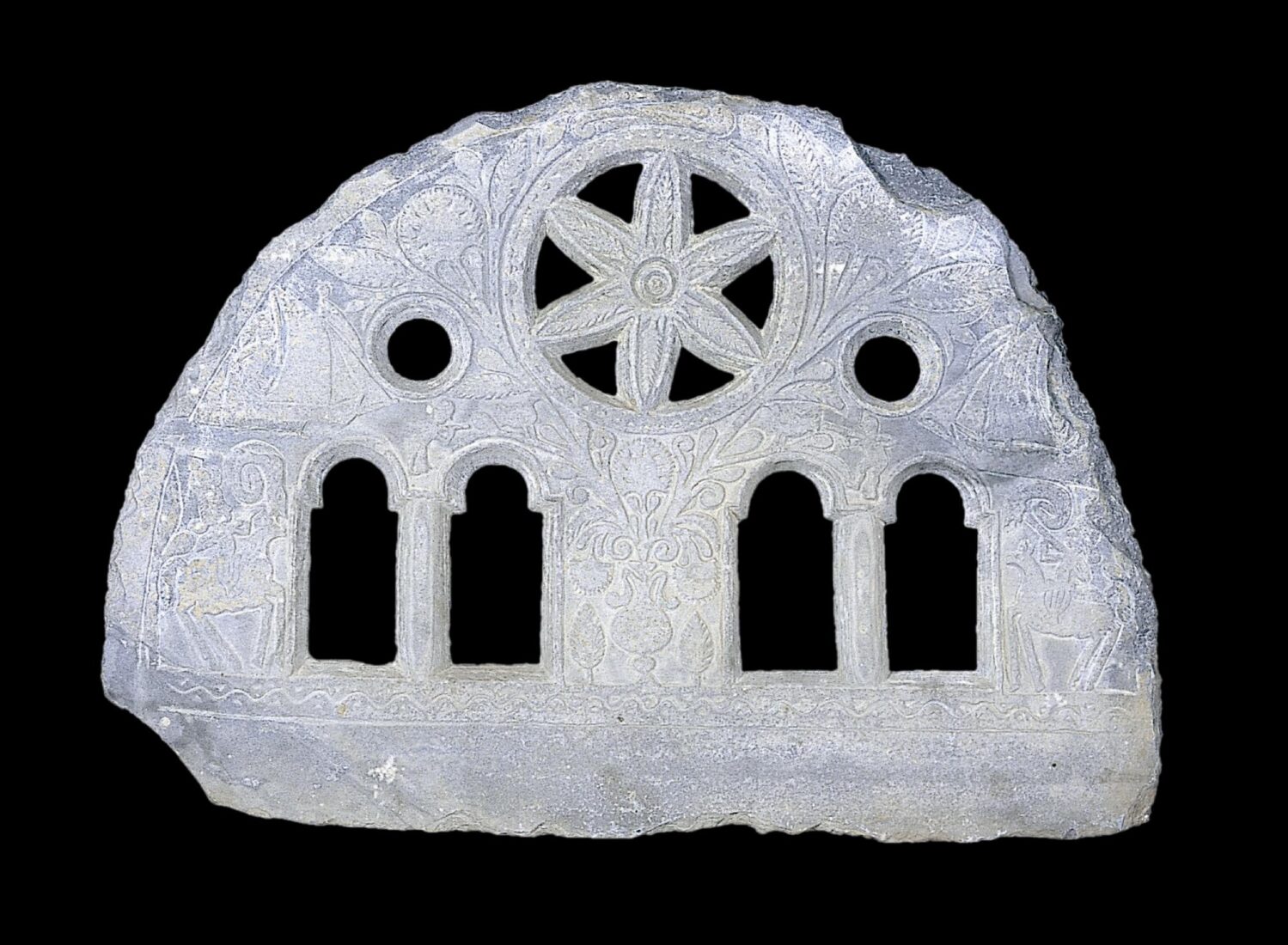We use cookies to make our site work properly, to personalize content and ads, to provide social media features and to analyze our traffic. We also share information about how you use our site with our social media, advertising and analytics partners. Read the Cookies Policy.

The zenith that Greek sculpture achieved in antiquity lost ground with the coming of Christianity. Christianity rejected every feature that came from the idolatrous world, thus relegating sculpture to a secondary, decorative role. In post-Byzantine times and until the early 19th century, sculpture survived in folk art, woodcarving, metal work and stone carving.
Fanlights are a distinct category of stone carving and are encountered primarily in the Cycladic Islands. They are semicircular with perforations and relief designs, and are placed over windows and doors, covering the load-bearing triangular openings, and have multiple functions: practical, because they allow light into the interior; aesthetic, because they have ornamental images; and even magical, because the designs are frequently of a talismanic or apotropaic nature.
The imagery used to decorate fanlights includes religious and human figures, animals, birds and plant motifs, geometric shapes, buildings and ships. Stylistically, they are a combination of elements from the West, the East and folk tradition.

